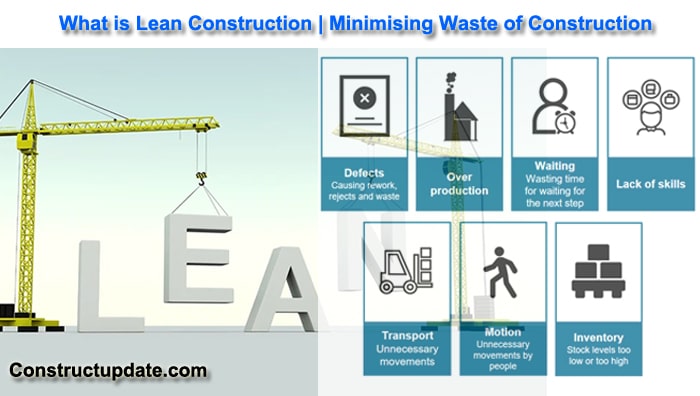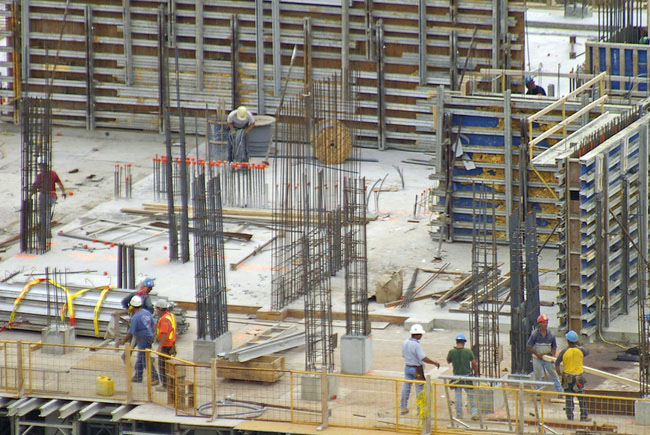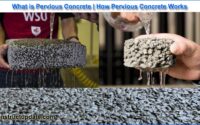Lean Construction Principles and Advantages
Lean construction focuses on minimising waste during a building project’s duration by identifying new techniques to increase productivity and efficiency. Resource scarcity is continuing to alter building patterns and will have an impact on how the sector evolves over the next decade.
Going lean could mean setting yourself up for industry success by creating a culture focused around innovation and efficiency as environmental standards change and building materials improve. The lean technique provides significant benefits for organisations in various industries that strive to fully commit to its principles. It is no longer confined to the realm of manufacturing. Lean construction is a value engineering-like process. Across the construction industry, this methodology utilises the concepts of lean manufacturing, and efficient systems credited to post-World War II Japan.
Benefits of Lean Construction
On its own, lean is a construction management and implementation approach that aims to improve how personnel solve problems, measure achievement, and view morale in order to achieve long-term corporate success.

Adapting to a lean construction style can provide a number of advantages, including:
- Decreased process waste
- Reduced monetary loss
- Increased capacity for innovation
- Enhanced adaptability to challenges
- Improved employee morale
These advantages are linked, thus one advantage may lead to another (decreasing process waste can also directly reduce monetary loss, for example). With enough planning and execution, lean thinking can transform a company into a self-sustaining innovation machine.
Six Core Principles of Lean Construction
The typical construction strategy concentrates on what the customer wants you to build – what’s in the plans and specifications. On the other side, lean construction understands that the customer’s values are more complex. It’s not only about what to build; it’s also about why. Understanding value from the customer’s perspective necessitates a distinct level of trust that must be created early in the project planning stages.
All stakeholders, including the owner, architect, engineers, general contractor, subcontractors, and suppliers, are brought together in lean construction. Throughout the project, the project team not only delivers what the client wants but also offers guidance and assists set expectations.
Define the Value Stream
You can write out all of the processes required to offer that value after you have a clear knowledge of value from the customer’s perspective. The value stream is the term for this. The amount of labor, knowledge, equipment, and materials required for each activity are specified. Any actions or resources that aren’t useful are eliminated.
Eliminate Waste
The elimination or minimization of waste is a fundamental goal of Lean construction. Eight key types of waste are targeted by lean construction:
Defects: Anything that isn’t done right the first time, resulting in rework that loses time and materials, is referred to as a defect. Overproduction occurs in the construction industry when work is completed ahead of schedule or before the following activity in the process can begin.
Waiting: In construction, the most common scenario that leads to waiting is when personnel are ready, but the essential materials for the job have not arrived, or the prerequisite prior task has not been done.
Not Using Talent: Construction workers have a diverse set of talents and expertise. When a person’s aptitude, abilities, and expertise are not matched to the correct profession, they are wasted.
Transport: Waste of transportation occurs when goods, equipment, or workers are transported to a job site before they are required. It can also refer to the unnecessarily disseminating of data.
Inventory: Excess inventory is defined as materials that are not required right away. They eat into your budget, necessitate storage, and frequently degrade when not in use.
Motion: Motion waste is caused by unnecessary movements, such as the distance between workers, tools, and materials.
Over Processing: When features or activities are added that are of little use to the customer, this is referred to as over-processing. Ironically, this frequently happens when attempting to eliminate other sorts of waste.
Flow of Work Processes
A continuous, uninterrupted, reliable, and predictable workflow is the ideal state of a Lean construction project. In construction, the order is crucial; for example, you can’t start building the frame until the footings are in place. It is critical for all parties to communicate clearly in order to achieve flow. It is critical to notify everyone when one aspect of the project falls behind or ahead of schedule so that modifications can be made to prevent the wastes of waiting, motion, and excess inventory.
Pull Planning and Scheduling
Work must be released based on downstream demand in order to create reliable workflows. Lean construction understands that those doing the work, frequently subcontractors, are the best people to do it. To define the task schedule, participants interact and collaborate closely with one another.
Continuous Improvement
The core of the Lean philosophy is the conviction that continual process improvement and waste elimination are both achievable and necessary. During the project, opportunities for improvement are discovered and implemented, with the results being applied to future initiatives.
The construction industry is not immune to the tendency to cling to old habits and fight change, but the numerous advantages of the Lean method are enticing more and more companies to take on the challenge. Everyone benefits when projects are completed on schedule, on budget, and with the exact value the customer expected.





